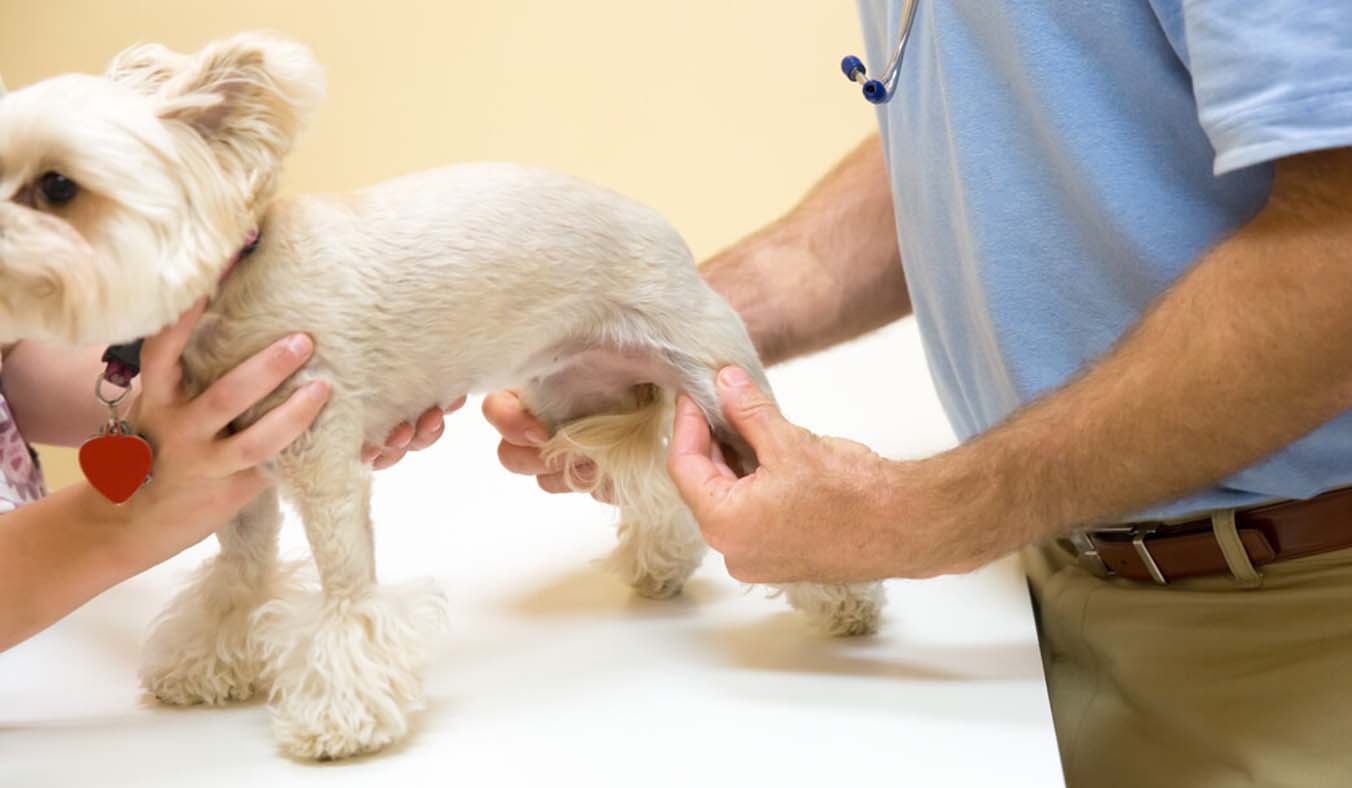As dogs age, many owners begin to notice that their pets aren’t as lively or energetic as they once were. They may move slowly when getting up, hesitate at stairs, or even resist going for walks. If you’ve observed your dog becoming sluggish, walking stiffly, or lying down more often, don’t be too quick to blame it on “old age,” “laziness,” or “cold weather.” Your dog may be suffering from arthritis—a chronic condition that deserves serious attention.
Canine arthritis is a very common degenerative joint disease, especially prevalent in middle-aged and senior dogs, but it can also appear in younger dogs due to breed, size, nutrition, or previous injuries. Understanding the signs, causes, prevention, and treatment of arthritis is essential for every dog owner.
1. Can Dogs Really Get Arthritis? Understanding the Nature of This Chronic Disease
Arthritis refers to the chronic deterioration and inflammation of cartilage in the joints. In dogs, joint cartilage acts as a cushion between bones. Over time or due to injury, this cartilage may wear down, become thin, or disappear entirely. As a result, bones begin to grind against each other, causing inflammation and pain—eventually developing into irreversible degenerative disease.
The most common type is osteoarthritis, though other forms include rheumatoid arthritis, autoimmune joint disorders, and inflammation caused by joint dysplasia.
Arthritis often develops slowly, but once it progresses to a moderate or severe stage, it can severely affect a dog’s quality of life and lead to chronic pain and mobility issues.
2. High-Risk Factors: Which Dogs Are More Likely to Get Arthritis?
Although all dogs can develop arthritis, the following groups are at higher risk:
1. Medium to Large Breeds
Dogs like Golden Retrievers, Labradors, German Shepherds, Huskies, Alaskan Malamutes, and Bernese Mountain Dogs often develop arthritis due to their size and higher joint pressure.
2. Senior Dogs
Dogs over 7 years old begin to show signs of aging such as reduced bone density and slower cartilage regeneration. For large breeds, increased monitoring should start around age 5.
3. Overweight Dogs

Excess body weight places added stress on the joints, accelerating cartilage wear and tear.
4. Dogs with a History of Injuries or Surgery
Issues like patellar luxation, ACL tears, or hip dysplasia can lead to long-term joint degeneration.
5. Genetically Susceptible Breeds
Breeds like Dachshunds and Corgis, with short legs and long bodies, have unique skeletal structures that make them more prone to joint and spinal problems.
3. Signs of Arthritis: Don’t Overlook These Clues
Dogs can’t speak, but their body language reveals a lot. Look out for these common arthritis symptoms:
- Slower movements and difficulty getting up, especially after lying down for a while.
- Unsteady gait or stiff limbs, sometimes dragging hind legs or walking with a limp.
- Avoiding jumping or stairs—activities they once enjoyed may now cause pain.
- Reduced physical activity, such as needing more frequent breaks during walks or choosing to lie down more often.
- Swelling and excessive licking of joints, particularly the elbows, knees, and hips, sometimes with warmth or tenderness.
- Changes in behavior, such as irritability, restlessness, or avoiding touch due to chronic pain.
Early detection and intervention can significantly improve treatment outcomes and slow disease progression.
4. Scientific Diagnosis: How to Confirm Canine Arthritis
If you suspect your dog has arthritis, take them to a veterinary clinic for a full evaluation. Diagnostic methods may include:
- Clinical Examination: Palpation and manipulation of joints to identify pain and movement restrictions.
- X-rays: Reveal joint space narrowing, bone spurs, and deformities.
- CT/MRI scans: Offer detailed views of cartilage, synovium, and bone structures (used in complex or unclear cases).
- Joint fluid analysis: Helps rule out infections or autoimmune causes.
A comprehensive diagnosis allows the vet to determine the type and severity of arthritis, enabling a tailored treatment plan.
5. Managing Canine Arthritis: It’s More Than Just Medication
Arthritis is chronic and progressive, and while it cannot be cured, a multi-pronged approach can effectively reduce pain and slow its advance.
1. Medications
- NSAIDs (Non-Steroidal Anti-Inflammatory Drugs): Relieve pain and inflammation (e.g., Carprofen, Meloxicam).
- Pain relievers and adjunct therapies: For moderate to severe pain, used under strict veterinary supervision.
- Joint supplements: Glucosamine, chondroitin, and MSM can help support cartilage health over time.
- Hyaluronic acid injections: Provide lubrication and cushioning within the joint.
2. Diet and Weight Control
- Develop a low-fat, high-protein nutrition plan to reduce joint load.
- Use prescription or supplement-infused diets that support joint health.
3. Physical Rehabilitation
- Hydrotherapy (underwater treadmill): Builds strength with less joint strain.
- Massage and heat therapy: Loosen stiffness and relax muscles.
- Laser therapy and acupuncture can also help manage chronic pain.
4. Home Environment Optimization
- Install non-slip mats and ramps to prevent slips or jumping injuries.
- Use orthopedic beds that are soft yet supportive, minimizing pressure on joints.

6. Preventing Arthritis: Start Early, Stay Consistent
Prevention is always better than treatment. Here are some practical tips to reduce the risk of arthritis in dogs:
1. Maintain a Healthy Weight
Obesity is a major trigger for joint degeneration and other chronic diseases.
2. Moderate, Consistent Exercise
Avoid excessive jumping or stair climbing. Keep walks regular but gentle, avoiding sudden sprints.
3. Balanced Nutrition
Feed your dog food that includes DHA, calcium/phosphorus in proper ratios, and joint-supporting nutrients from an early age.
4. Regular Health Checkups
Even without symptoms, schedule at least one full health exam per year, especially for middle-aged and senior dogs. Focus on joints, weight, and muscle condition.
7. Giving Them Dignity in Their Senior Years: What We Can Do
A dog’s life is short, but its loyalty and love are immeasurable. Arthritis may not be curable, but by understanding their pain and responding with proper care, we can ease their journey and give them the comfort they deserve.
From nutrition and exercise to environment, early detection, ongoing management, and emotional support—these seemingly small efforts can make a real difference. Helping your dog avoid being confined to a corner, or struggle just to stand up, is one of the most compassionate things we can do as dog owners.



